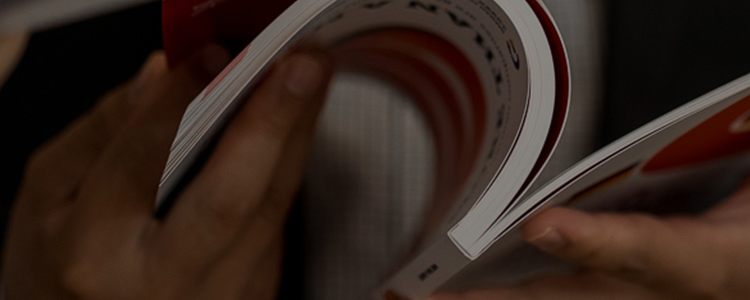SOCIAL CHALLENGES
China has pledged to reach peak emissions by 2030 and be carbon neutral by 2060. In order to accomplish this, sweeping policy changes have been enacted and will continue to shift. It is not only the government that has adopted the goal of carbon neutrality: many sectors are currently reimagining what it means to be sustainable.
PROJECT APPROACH
Bosch Automotive launched a project to increase its energy efficiency with the goal of becoming carbon neutral. The Nanjing Photovoltaic project targets plants in Nanjing. For the NjP1, the carbon neutral project is composed of four parts:
The project was divided into two phases: phase 1 was constructed in 2019 and put into operation in Dec. 2019.
The PV panels were installed on free land around the office and the car park; the 2nd phase is currently underway to cover the rooftops of office buildings with solar panels.
The company has rolled out a series of energy-saving measures in day-to-day operations.
Bosch invested in an energy platform to monitor power consumption. It provided useful data for analyzing energy efficiency and formulating energy-saving measures.
Bosch purchased green electricity and carbon credit. CO2 produced by energy sources such as electricity and natural gas is offset by green electricity and carbon credit.
VALUE ADDED
The NjP1 carbon neutrality project has eliminated 32,000 tons of CO2 yearly, equal to planting 18,000 trees. Phase one of the NjP1 PV project covers 1/3 (100,000 m2) of the Nanjing campus grounds and has saved RMB 500,000 per year. The first phase of the project has reduced 8,000 tons of CO2 emissions, the equivalent of planting 4,400 trees. Phase two of the project covered 80% of the roofs of the Nanjing campus, reducing 3,000 tons of CO2 emissions, and providing 3,000 MWH of green energy every year – the equivalent of the annual power consumption of 1,500 households. Both phases of the project can save 1,000 MWH of electrical energy and reduce CO2 emissions by 1,000 tons. NjP1 purchased 20,000 MWH of green electricity and 3,156 tons of carbon credit, which has allowed NjP1 to reach the company’s 2020 carbon neutralization target.
LESSONS LEARNED
Covering 80% of a company’s rooftops in solar panels is not a simple task, and Bosch learned how to navigate a project of this scale. The company was able to refine its surveying techniques to improve efficiency. In phase two, installing solar panels on the roof has allowed Bosch to find innovative ways to protect solar panels from rainwater and airborne moisture. Becoming an energy generator comes with a unique set of responsibilities that Bosch was able to learn through the NjP1 project, such as connecting the company generated power to the local grid.
IDEAS FOR THE FUTURE
Bosch wishes to expand this project to other locations. The company has already shared its experiences and results with the rest of the Bosch China Network. Bosch also plans to add a power storage station to the NjP1 project to increase energy capacity.
Source: More Than A Market Booklet 2021
Like
